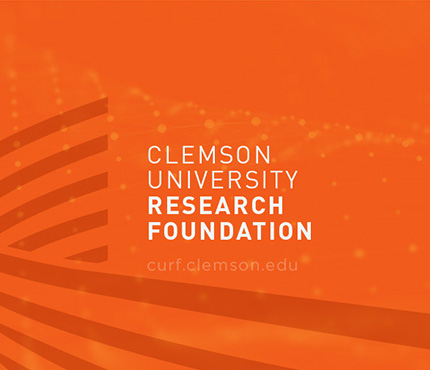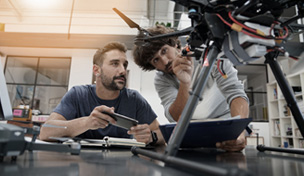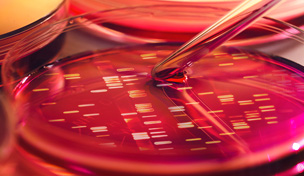Market Overview
Applications:
Aquaculture, waste treatment
Technical Summary:
PAS uses the concept of high rate algal growth originally developed for wastewater treatment to manage aquacultural byproducts that could lead to eutrophication. Tests have shown that ammonia nitrogen levels peaked at two to four ppm in PAS, a significant reduction from the over sixteen ppm when using a competing method at similar feed rates. The algae responsible for the reduced nitrogen also photosynthesize, recycling oxygen that increases the carrying capacity of the aquaculture farm. When a target fish is paired with an algavore like tilapia, it is easier for preferable green algae to flourish. PAS increases fish yields and decreases eutrophication potential, allowing for more environmentally conscious, efficient fish farms.
Advantages:
- PAS uses low-energy paddle wheels, reducing power costs
- Increases algal photosynthesis levels, potentially increasing the PAS carrying capacity
- Tilapia co-culture reduces potentially toxic bluegreen algae, allowing more populations of green algae
Technology Overview
State of Development
Prototype
Patent Type
Utility
Category
Serial Number
10/929,331
CURF Reference No.
2003-004
Inventors
David Brune, John Collier, Arnold Eversole, Thomas Schwedler
For More Info, Contact:
Interested in this technology?
Contact curf@clemson.edu
Please put technology ID in subject line of email.
Contact
Latest News from CURF
Stay up-to-date with the latest trends in the innovation and research industry. Sign up for our newsletter to see how CURF is making a difference and impacting the economy where we live.









